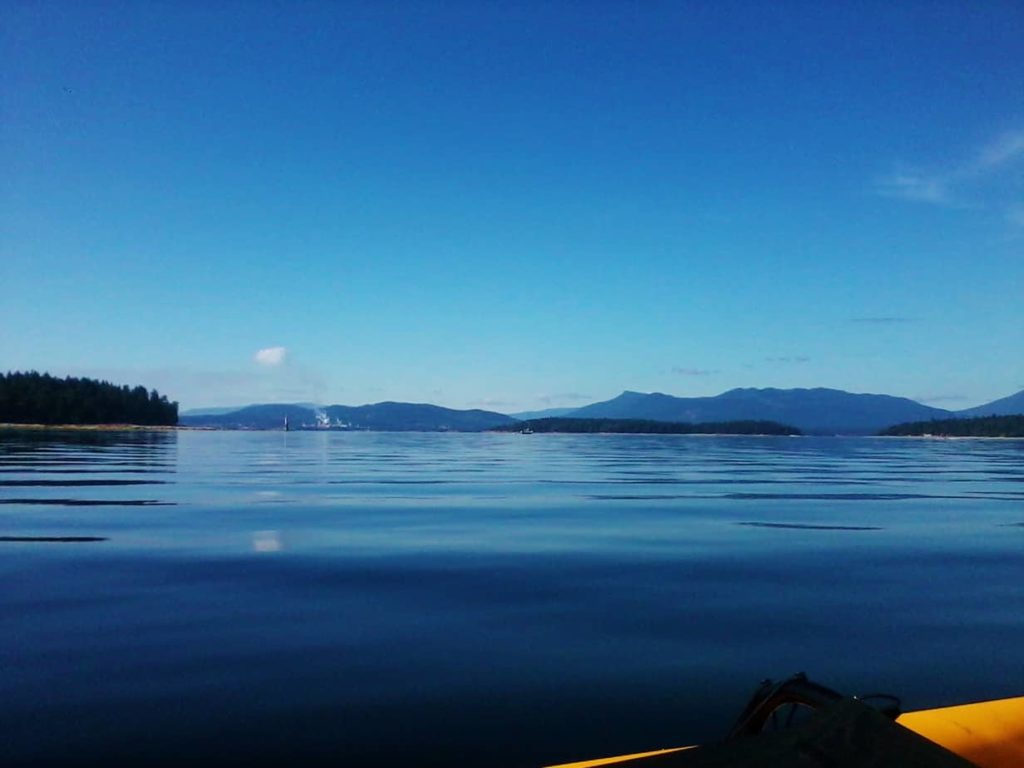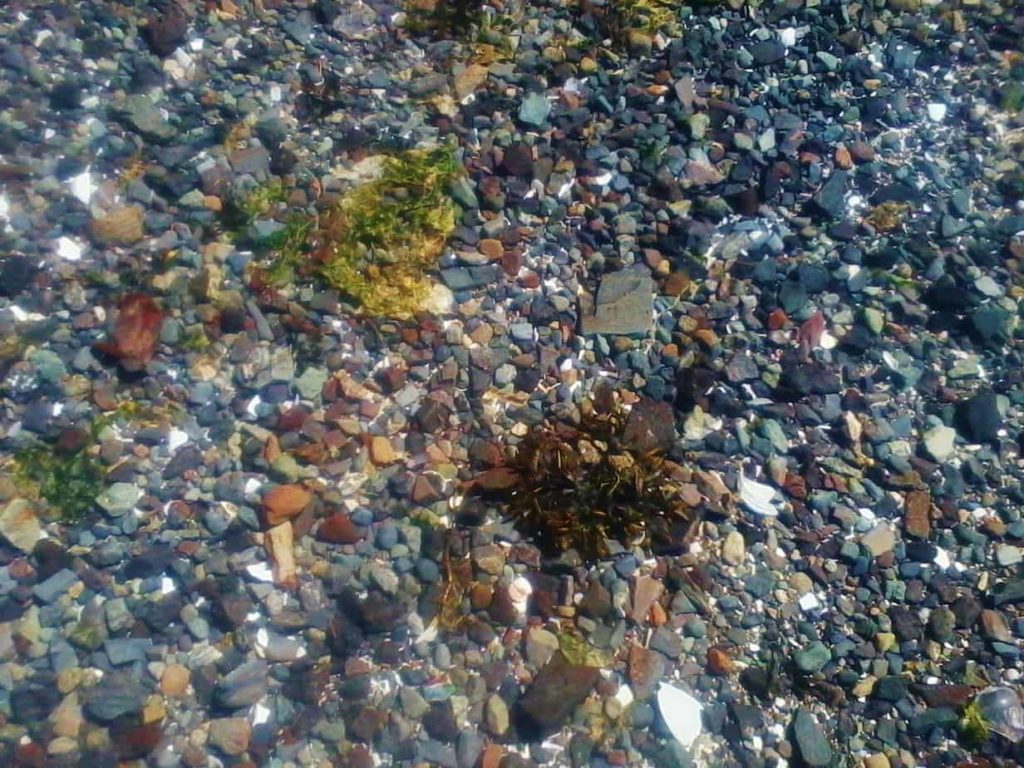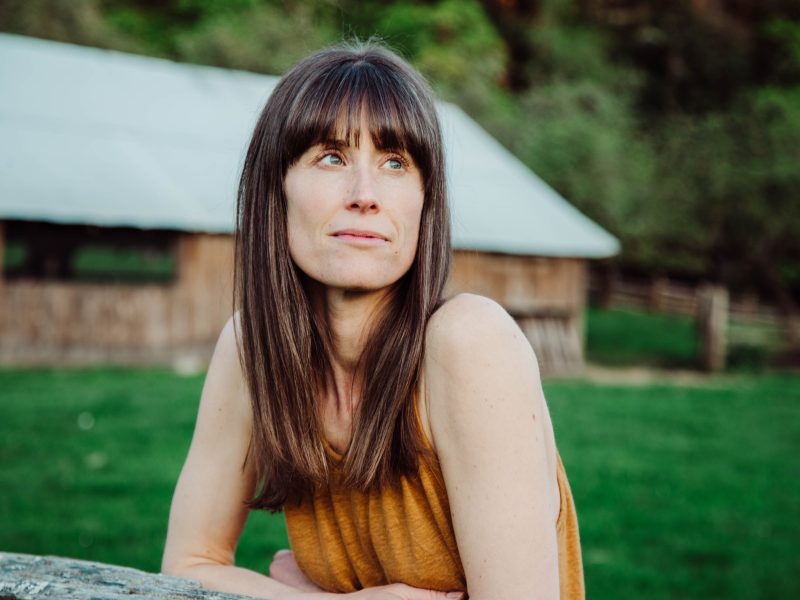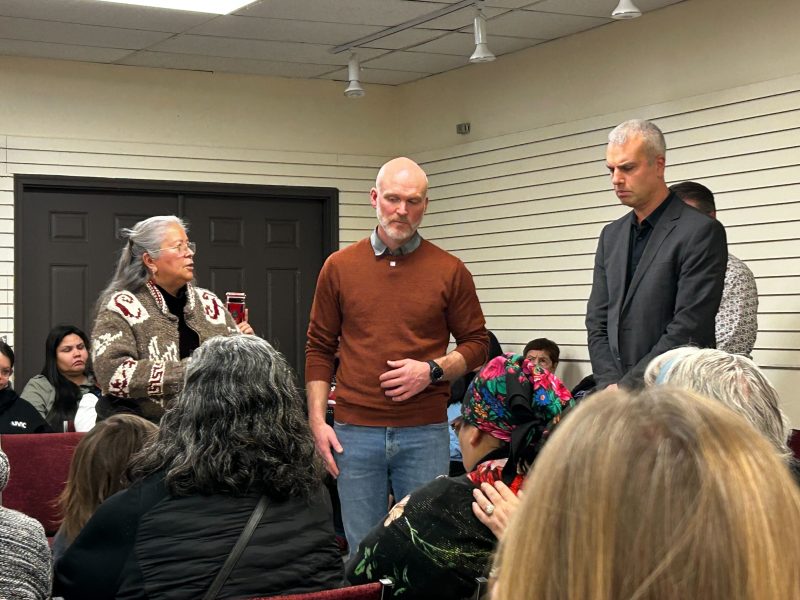
This article is from The Discourse’s Cowichan Valley newsletter. Sign up to get it in your inbox.
Uy skweyul siem nu siiyeyu!
Good day my respected friends!
It’s Qwustenuxun again with another answer to another great question.
I have to start by saying that this question is near and dear to my heart, as I have a passion for the history of the Cowichan region both pre-contact and during colonization.
The question was, “What’s the story of the battle at Maple Bay, between First Nations groups, that took place around 1840?”
As always I’ll use some Hul’q’umi’num words while I write, and I will include translations at the bottom. To learn Hul’q’umi’num, hear its sounds, and look for pronunciation guides, check out the First Voices website.
The last battle at Hwu’tlupnets
The world of Quw’utsun was much different before the settlement of the hwulunitum, which began in 1862 Families lived in massive timber framed houses and worked with other families to form tribes, that worked with other tribes to form nations. The battle at Hwutl’upnets (Maple Bay) was a great culmination of South Island tribes coming together, showing in great detail how our tribes formed a Salish nation.
First we must conceptualize the world of Quw’utsun before hwulunitum settlement. Food shortages, family rivalries, and trespassing could all lead to conflict between families and tribes. But, no conflicts were as common on the Salish Sea as raids from northern tribes. The Qhwimux, Haida, and Bella-Bella were notorious for raiding and pillaging unsuspecting Salish villages, taking all they could find, including canoes, food, and slaves. I could write a whole article on First Nations raids and slavery, based on what I’ve learned from elders and read in books. But I’ll sum it up by simply saying: slaves were always the minority of a tribal population, and though their capture was often horrible and painful, many eventually gained freedom or rights within their owner’s families.
The story of the battle at Hwutl’upnets is repeated, in a few different versions, by many of the elders I know. Researchers at the University of British Columbia and the University of Victoria found 21 recorded accounts of the battle, which they suggest took place between 1830 and 1855, across different Coast Salish communities. But there are many others.
The version I’ll share here is mostly from the story that Ts’umsitun told Beryl Cryer in the 1930s, but I know a few other versions from word of mouth. I guess I give this one as it can be easily sourced in hwunitum books, which makes it easier for hwunitum to believe.
It goes like this:
After decades of raids by the northern tribes, the Salish tribes united under the common cause of ensuring the raids stopped. A meeting was set at Leeyqsun. Fighters were called from all over the Salish Sea, including Quw’utsun, Snuneymuxw, Peneluxutth’, Hwmuthkwi’um, Meluxulh, BOḰEĆEN, SȾÁ,UTW̱, W̱JOȽEȽP, W̱SÍḴEM, and Lək̓ʷəŋən.
Warriors of the tribes that were close to Leeyqsun arrived first and lit big fires to prepare for the meeting, which would take place sometime early the next morning. Sometime in the middle of the night two men, exhausted from padding nearly 27 kilometres from Hwutl’upnets, paddled into Leeyqsun. They’d paddled as hard as they could to reach the warriors to alert them of a Bella-Bella and Qwimux raiding party that had arrived camp at Hwutl’upnets. The warriors wasted no time, they donned their feathers, loaded their snuh’wulh, and set off for Hwtl’upnets.
Just before the united Salish warriors reached Hwtl’upnets, they met the W̱SÁNEĆ and Lək̓ʷəŋən warriors, who were on their way to the meeting. The united force paddled into Maple Bay from the north and executed a plan that would make Sun Tzu, the famed Chinese military strategist, proud. Some versions of this story even talk of warriors dressed as women to lure out the raiders.
In his telling, Ts’umsitun recalled that elite Quw’utsun stamush snuck up the bluffs on the north end of the bay and gathered large stones. The rest of the warriors paddled into the bay and formed two lines of canoes, effectively blocking the bay from the south point to the bluffs on the north side, leaving an obvious opening at the north bluffs.
Once the Salish paddled into the bay the Qhwimux and Bella-Bella hwulmuhw knew the Salish were there, and so quickly loaded their canoes and paddled out to meet them. The raiders saw the opening near the north bluffs as their chance to escape and paddled hard toward the gap. When they paddled past the bluffs the Quw’utsun stamush threw massive boulders down upon them, breaking their canoes to shards. The stories say that the united Salish defeated the majority of the raiding party, while a few escaped into the wilderness behind what is now Crofton.

It is said that the remains of the fallen fleet were buried at the point at Hwtl’upnets. Supposedly there were large sticks or logs placed in the ground to mark the sites where the remains were buried. This battle marked the last great raid from the northern tribes. Not only due to the brutal outcome of the battle but because of the increasing presence of hwunitum settlers and their gunboat diplomacy, but that’s a whole other story!
I love questions like this, please ask me more history questions! Let me know if there is a particular place, time or story that you are curious about by filling out this form.
Huy tseep q’u,
Thank you all,
Jared Qwustenuxun Williams,
grandson of Qwustaanulwut
Hul’qumi’num words
hwulunitum – non-First Nations people
hwunitum – non-First Nations person
hwulmuhw – First Nations person
snuh’wulh – canoe
stamush – warrior
People and place names
Quw’utsun – Cowichan
Hwu’tlupnets – Maple Bay
Qhwimux – Comox
Leeyqsun – Lyackson (Valdes Island)
Snuneymuxw – Nanaimo
Peneluxutth – Penelakut (Kuper Island)
Hwmuthkwi’um – Musqueam
Meluxulh – Malahat
BOḰEĆEN – Pauquachin (Saanich)
SȾÁ,UTW̱ – Tsawout (Saanich)
W̱JOȽEȽP – Tsartlip (Saanich) [end]



